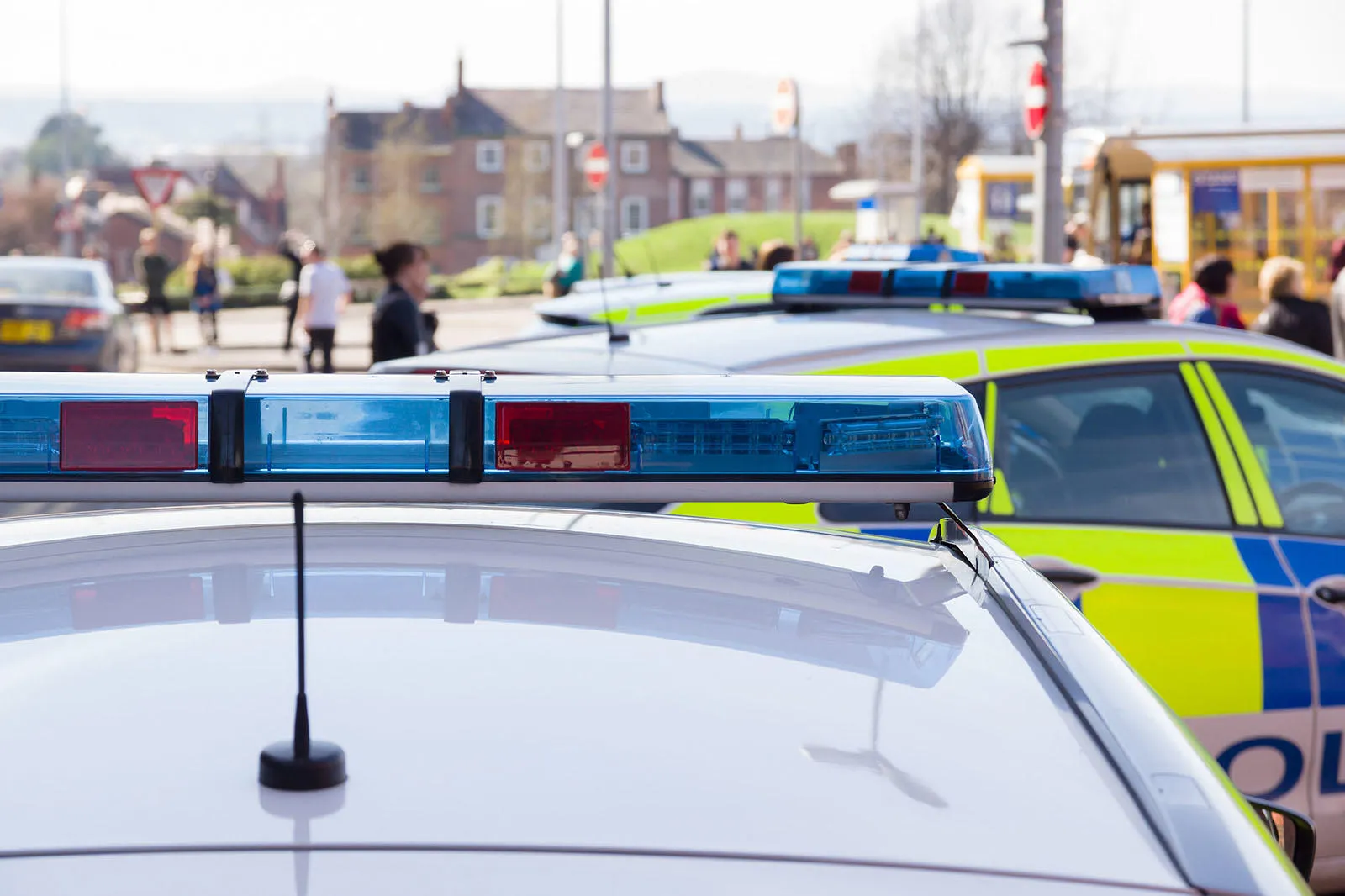How geospatial insights can build resilient societies and prevent crises
Geospatial data helps predict and prevent crises - both caused by natural disasters and human conflict. It's vital we build resilient societies.
However, all these disasters – from hurricanes, health emergencies, and droughts – take lives and homes.
With global warming already increasing the extremity and frequency of major weather events, countries globally are under pressure to build resilience to such disasters and invest in systems that anticipate the consequences.
In addition to ‘natural’ disasters, crises can also take the form of terrorist attacks and conflict. The social and economic impact of human-induced catastrophes can pose just as much risk to food security, health, and livelihoods as major weather events.
Discover how to combat disasters with geospatial data. Read our report, See a Resilient Nation.
Effective disaster response planning can prevent crises
Effective planning for disaster response by national or local government is contingent on access to reliable geospatial data. Investment in trustworthy and comprehensive mapping enables authorities to efficiently assess the range and extent of destruction – such as after a cyclone – as well as aid recovery by providing validation for the ownership of destroyed of properties and businesses.
Location data is also a critical tool for preparing for and mitigating human-induced emergencies such terror attacks, by increasing security capabilities or tracking the movement of populations in response to unrest. During and after an event such as flooding in an urban area, location context is vital information for emergency services, and for authorities to map the relationship between emergency calls and reports of flooding. This can be used to guide evacuation from areas under potential threat and optimise the deployment of procedures to protect infrastructure.
In the UK, geospatial information is integrated with a diverse range of datasets as part of ResilienceDirect™, a web-based system for emergency responders and government agencies during a crisis, improving decision making and communication in the midst of a crisis such as a flood. Ordnance Survey is involved at a more local level by providing data with which local authorities have been able to accurately report the impact of serious weather events on their community.
A town in South West England employed OS digital maps after severe flooding affected almost 10% of homes in the area. Using the detailed location information available, the community were able to engage government authorities with the extent of the damage to help direct recovery efforts and mitigate against future flooding.

Geospatial data can also support planning for major events to mitigate safety concerns. For example, Ordnance Survey helped prepare the Brazilian Army Geographic Service (DSG) for the huge security demands of the 2016 Rio Olympics. Brazil had historically produced only large-scale mapping not fit for an event which required absolute precision. OS developed a bespoke training programme with DSG to equip the organisation with the expertise to use geospatial data to support security logistics, and be better prepared to ensure the safe and secure delivery of the Rio 2016 Olympics and Paralympic games.
Preparing for future events that could threaten the safety of the population must be an absolute priority for governments and NGOs. Investment in information technology infrastructure is a crucial step to ensure the response to a crisis is as rapid, efficient, and coordinated as possible. Minimising the impact on people, properties and infrastructure – which may be vulnerable to collective system failures – will open the doors to faster economic recovery and a more resilient society. Ordnance Survey is sharing the expertise acquired over more than 200 years at the forefront of geospatial innovation to help countries build resilience.
Discover how geospatial data can make your country more resilient
Read more about how geospatial data can help your nation build resilience to natural and human threats in our See a Resilient Nation report.

Director of International